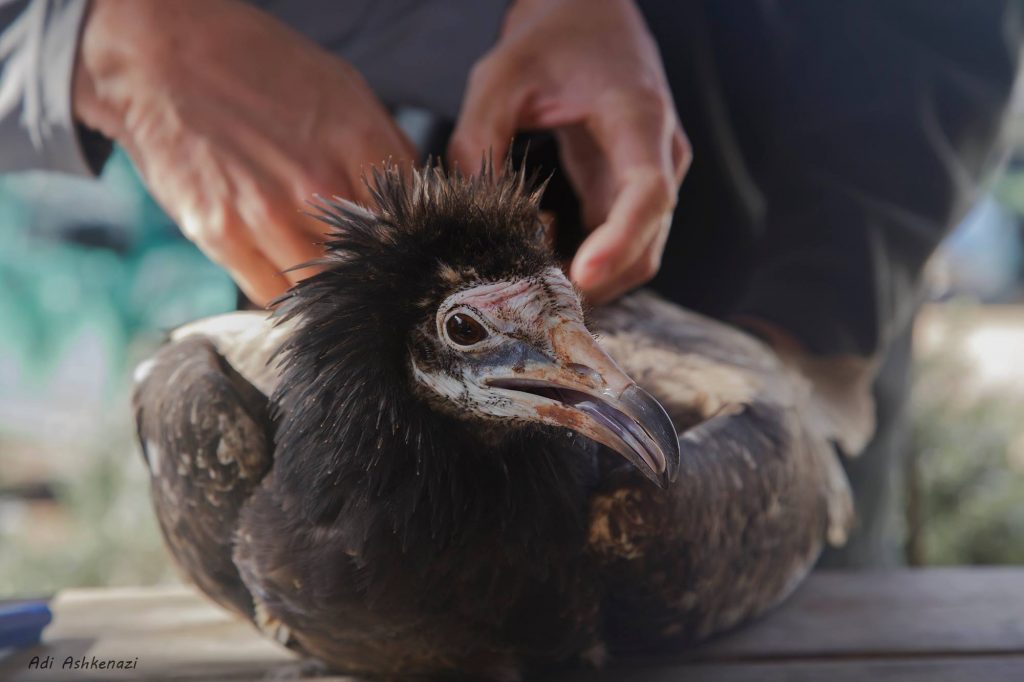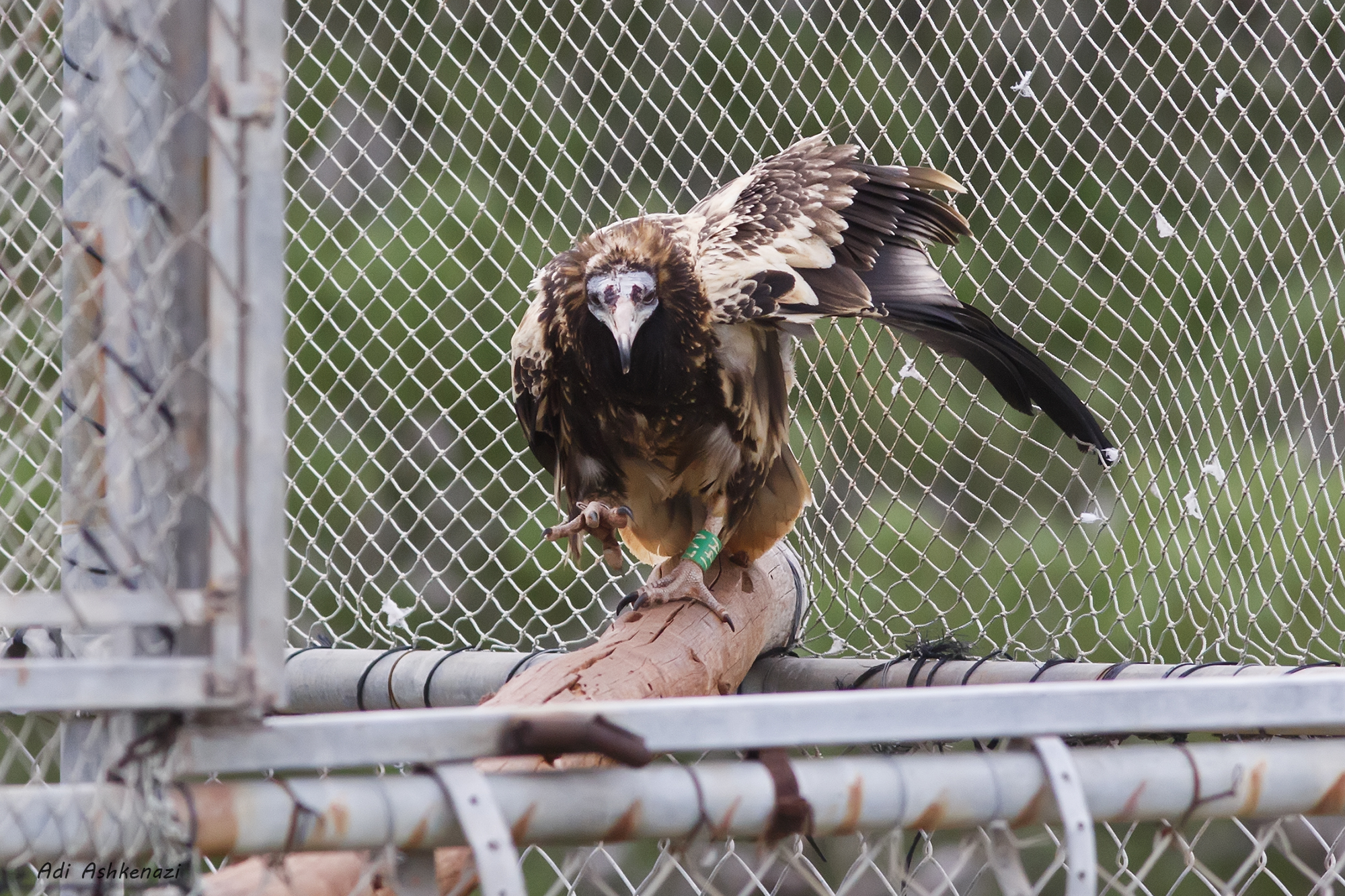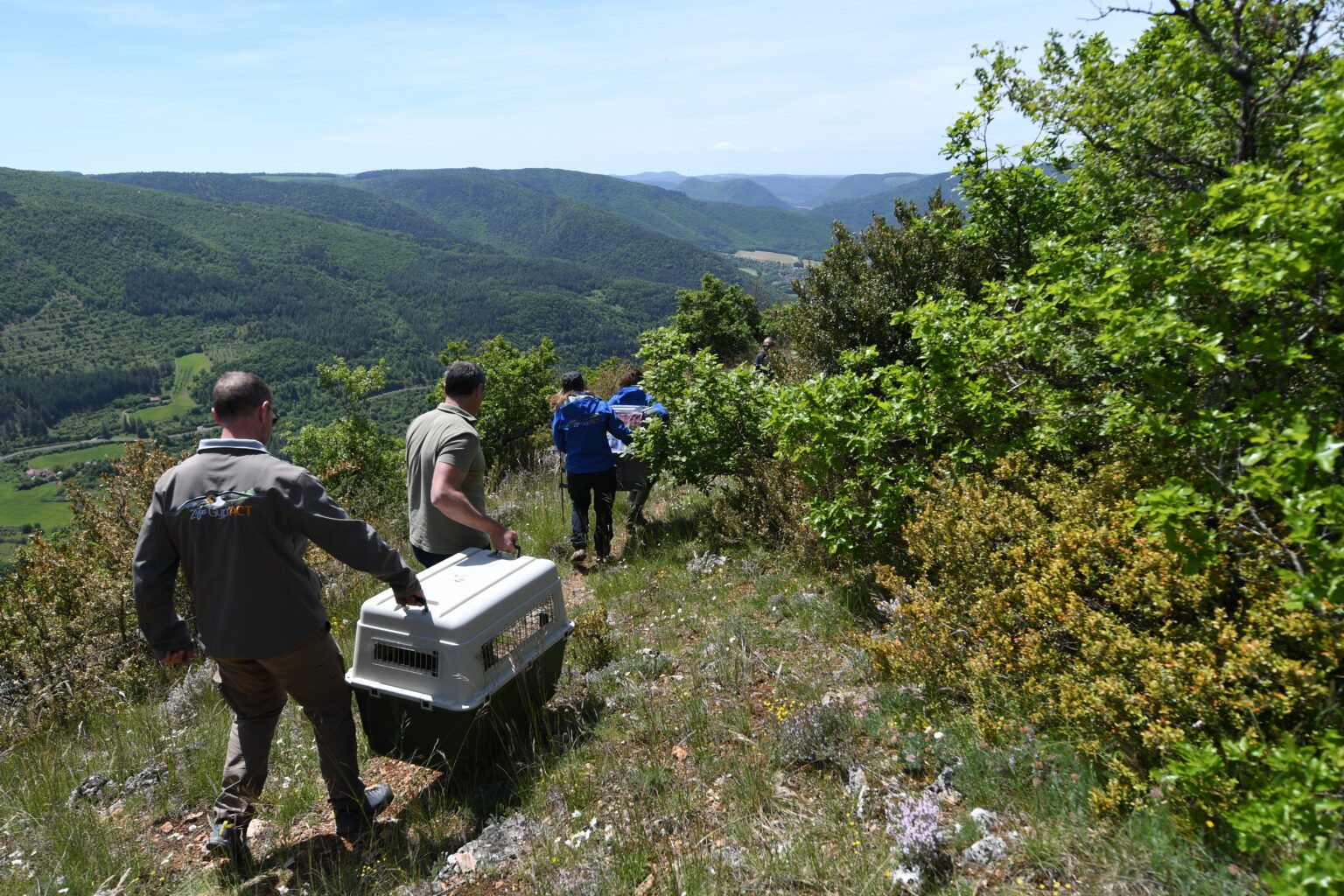
A recently published paper demonstrates the first signs of success in Egyptian Vulture reintroduction in Israel by releasing and monitoring captive-bred vultures.
Introduction
Reintroduction and population reinforcement are two important measures implemented worldwide to prevent local or global extinction of threatened species. Evaluating the effectiveness of such conservation actions in terms of survival or reproductive success of the reintroduced animals is crucial to improve outcomes. Yet monitoring can be very challenging due to the longevity and long-distance movements of the released individuals and the lack of funding to carry out extensive monitoring in the field.
Reintroduction and reinforcement of vultures have been used in several parts of the world to counteract population declines linked to anthropogenic threats. The Egyptian Vulture is a globally threatened vulture species, whose populations have undergone a steep decline, particularly in Eastern Europe and in the Middle East. To reverse the negative trend of this species observed in Israel, a captive-breeding and release programme started in 2006. Monitoring of the released birds has evolved over the years from colour rings and wing tags to GPS tracking.
In this article led by Ron Efrat from the Ben-Gurion University of the Neguev in Israel, the authors aimed at comparing different monitoring methods used during the reintroduction project. Then the authors assessed if the apparent survival differed depending on the release protocols and compared survival between released and wild birds in order to assess the success of this conservation project.
Methods
Between 2006 and 2020, 82 Egyptian Vultures were captive-bred and released to the wild. These birds were monitored using a variety of methods: i) all released vultures were ringed with unique colour rings and until 2016, most were also fitted with unique wing tags; ii) 17 vultures were fitted with a conventional VHF telemetry device (between 2006 and 2014); iii) finally in 2013, 2 of the 4 released vultures were fitted with Argos-GPS transmitters, in 2014, 4 of the 13 released vultures were fitted with a GPS-GSM transmitter (E-obs) and between 2016 and 2020, 43 of the 47 released vultures were also fitted with GPS-GSM transmitters.
In addition, between 2018 and 2020, the authors fitted GPS-GSM transmitters (Ornitela) to 26 wild Egyptian Vulture chicks in their nests throughout Israel, approximately 2–3 weeks before they fledged. This would enable the comparison in resighting records and survival between captive-bred and wild Egyptian Vultures.
Regular surveys were conducted throughout the study area (mainly at Hai-Bar Carmel Nature Reserve) to identify individuals based on their unique markings (colour rings and wing tags).
The authors tested for differences in the proportion of observed vultures between monitoring schemes and among different groups of vultures, but also for differences in survival between (1) captive-bred vultures released during their first year and those released during their second year, (2) captive-bred vultures released in winter and those released in spring, and (3) captive-bred and wild-hatched vultures.
Results
Using the GPS data, the authors did not find any effect of release season or release age on apparent survival during the first 2 years after release or during first migration.
Importantly, no difference in apparent survival could be detected between captive-bred and wild-hatched vultures during the first 2 years after release for captive-bred birds or the first 2 years after tagging for wild-hatched vultures or during their first migration (see Fig. 1).

In numerous cases (38%), no data was ever obtained by observing the rings or wing tags of captive-bred vultures, while all GPS transmitters sent data. Therefore, these findings cast doubt on the efficiency of VHF telemetry for short or long-term monitoring of Egyptian Vultures.
In addition, two breeding attempts involving captive-bred Egyptian Vultures were recorded in 2019 and 2020 during surveys.
Discussion


First, this study showed that the monitoring scheme influenced the type and amount of data acquired on the movements and apparent survival of a long-lived raptor. Such conclusions have significant implications for the ability of managers to assess such projects’ success and understand the causes of mortality.
Another crucial result was the absence of difference in apparent survival between captive-bred and wild birds during the migration or during their first 2 years post-release or fledging. Captivity is often expected to reduce early life survival by affecting the released animals’ behaviour. One potential explanation of the captive-bred vultures’ higher-than-expected survival is their older age and the fact they could have accumulated more experience compared to wild birds during the same period. These age and experience differences result from the delayed release of the captive-bred birds (also known as Headstarting) in which birds were released from captivity at an older age than the age in which Egyptian Vultures fledge in the wild (~240 older on average) and become independent in natural conditions.
These results imply that if captive-breeding does have adverse effects on the released vultures, these effects are offset by maturation and/or experience gained during the first few months of life while still in captivity and/or while in the wild prior to their first migration.
The higher-than-expected apparent survival of captive-bred vultures alongside the first record of captive-bred Egyptian Vultures successfully breeding in the wild are encouraging signs of success of this long-term project.
However, further research is recommended to better understand the mechanisms required for gaining the needed experience during captive breeding and to expand ongoing monitoring in order to assess long-term survival and breeding success both for captive-bred and for wild vultures.
Reference:
Ron Efrat, Ohad Hatzofe, Ygal Miller, Thomas Mueller, Nir Sapir, Oded Berger-Tal, Postrelease survival of captive-bred Egyptian Vultures is similar to that of wild-hatched Egyptian Vultures and is not affected by release age or season. Ornithological Applications, 2022; duab065, https://doi.org/10.1093/ornithapp/duab065



